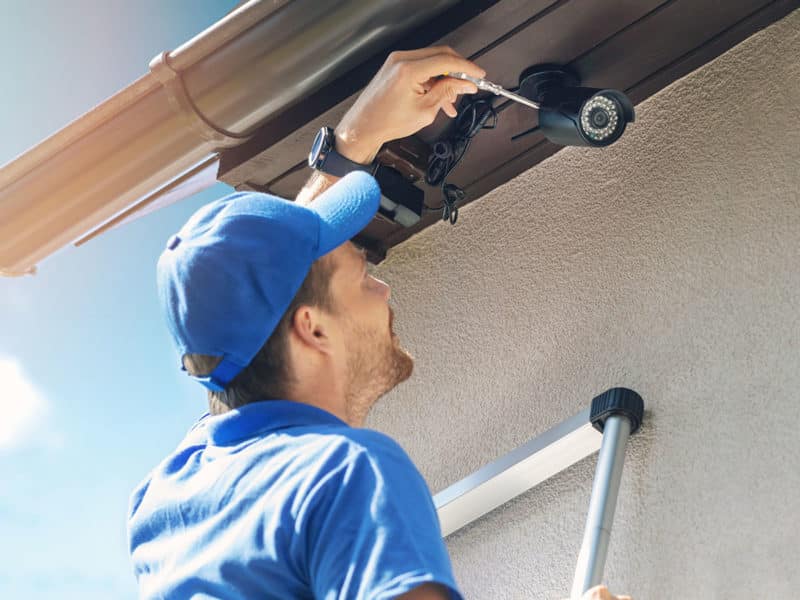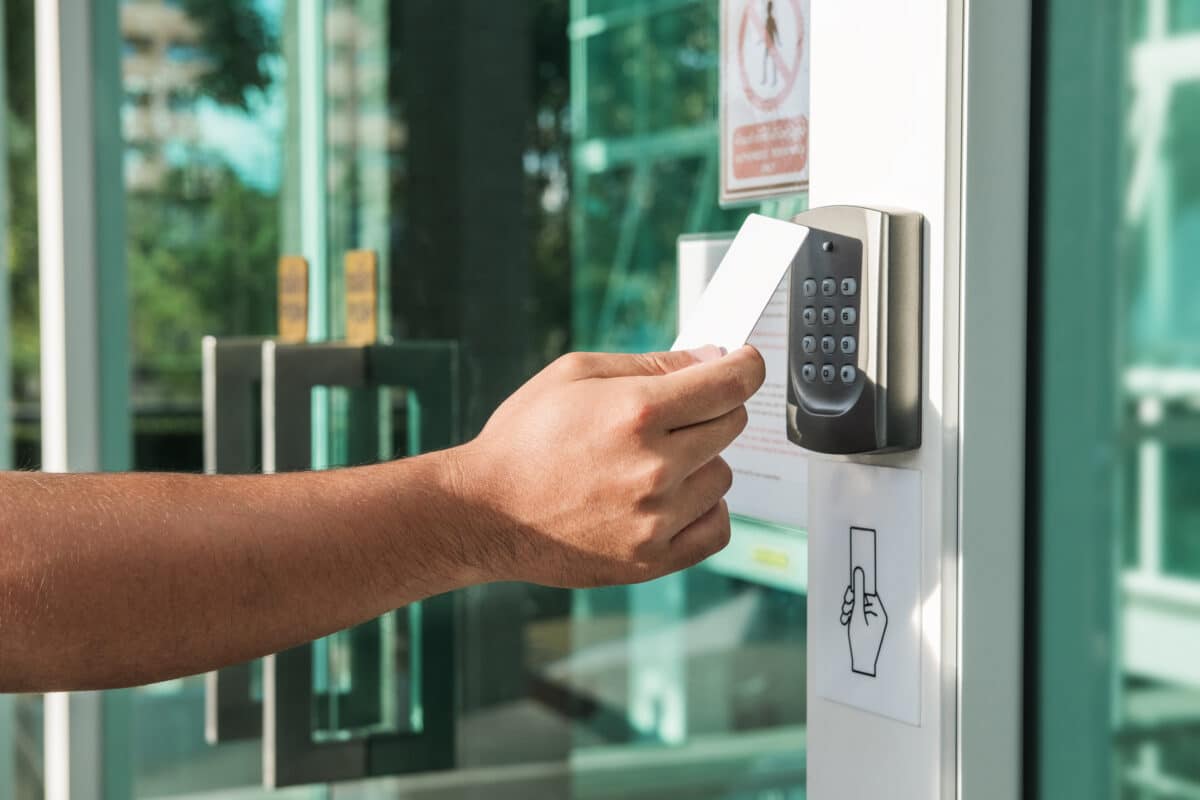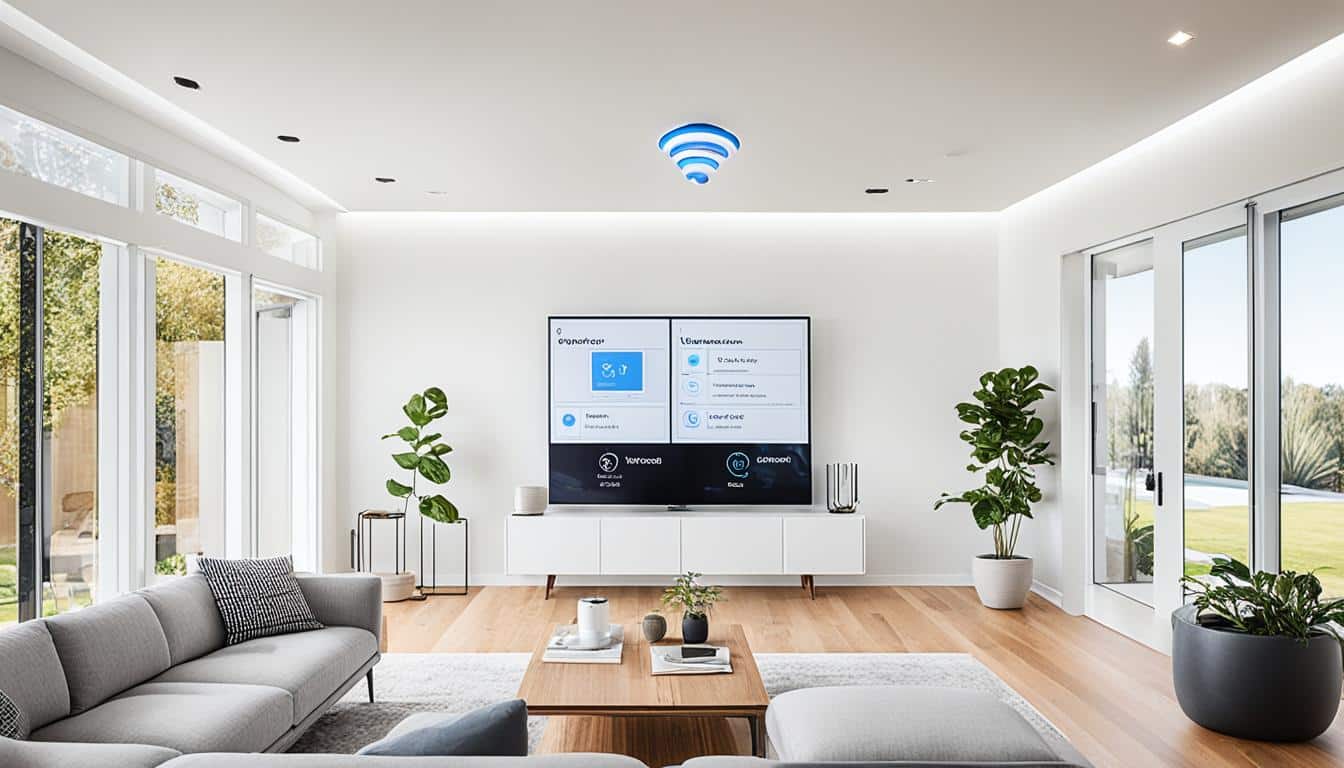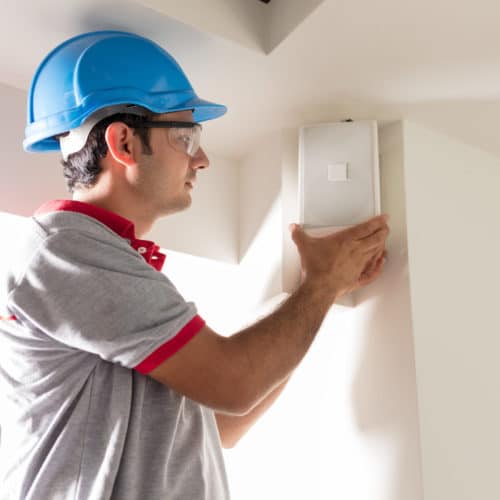In today’s world, ensuring the safety and security of our homes is paramount. With advancements in technology, security systems have become more sophisticated, providing homeowners with peace of mind and comprehensive protection. This blog explores the top security systems for residential homes, helping you make an informed decision to safeguard your loved ones and property.
Understanding Home Security Systems
Home security systems are designed to protect against intrusions and monitor activities within and around your property. They typically include:
- Cameras: Surveillance cameras for both indoor and outdoor monitoring.
- Sensors: Motion detectors, door/window sensors to detect unauthorized entry.
- Alarms: Loud sirens to deter intruders and alert homeowners.
- Control Panels: Central units to control and monitor the system.
- Mobile Access: Apps for remote monitoring and control.

Why Invest in a Top Security System?
Investing in a top security system offers several benefits:
- Enhanced Protection: Guards against burglary, vandalism, and other threats.
- Remote Monitoring: Monitor your home from anywhere using a smartphone.
- Emergency Response: Immediate alerts to emergency services.
- Peace of Mind: Assurance that your home is secure even when you’re away.
Top Security Systems for Residential Homes
Here are the top security systems available, each offering unique features to meet various security needs:
1. ADT Home Security
Features:
- 24/7 professional monitoring.
- Smart home integration.
- Mobile app control.
- Video surveillance with real-time alerts.
Pros:
- Reliable and established brand.
- Comprehensive packages.
- Excellent customer service.
Cons:
- Requires professional installation.
- Higher monthly fees.
2. SimpliSafe
Features:
- DIY installation.
- No long-term contracts.
- Wireless system.
- Environmental monitoring (smoke, carbon monoxide).
Pros:
- Affordable pricing.
- Flexible plans.
- Easy to install.
Cons:
- Limited home automation integration.
- Upfront equipment costs.

3. Vivint Smart Home
Features:
- Smart home integration.
- Professional installation.
- High-quality equipment.
- 24/7 monitoring.
Pros:
- Advanced home automation.
- Customizable systems.
- High customer satisfaction.
Cons:
- Expensive compared to DIY systems.
- Long-term contracts.

4. Ring Alarm
Features:
- DIY installation.
- Affordable monitoring.
- Works with Alexa.
- Extensive range of cameras and sensors.
Pros:
- Cost-effective.
- No long-term contracts.
- Easy to expand.
Cons:
- Limited to Ring ecosystem.
- Basic automation features.
5. Frontpoint
Features:
- DIY installation.
- 24/7 monitoring.
- Customizable packages.
- Mobile app control.
Pros:
- High customer ratings.
- Easy setup.
- No long-term contracts.
Cons:
- Higher equipment costs.
- Limited smart home integration.

Choosing the Right Security System
When selecting a security system, consider the following factors:
1. Budget
- Initial Costs: Equipment and installation fees.
- Monthly Fees: Monitoring and subscription costs.
2. Installation
- DIY vs. Professional: Some systems are designed for easy DIY setup, while others require professional installation.
3. Features
- Home Automation: Integration with smart home devices.
- Mobile Access: Ability to control and monitor the system remotely.
- Monitoring: Options for professional monitoring services.
4. Customer Support
- Availability: 24/7 customer service.
- Quality: Responsiveness and helpfulness of support.
5. Contract Terms
- Flexibility: Short-term vs. long-term contracts.
- Cancellation Policies: Terms for ending the service.
Advanced Features to Look For
Modern security systems offer advanced features to enhance home safety:
1. Smart Home Integration
- Voice Control: Use voice assistants like Alexa or Google Assistant.
- Automation: Automate lights, locks, and thermostats.
2. Environmental Monitoring
- Smoke Detectors: Alerts for smoke and fire.
- Carbon Monoxide Detectors: Monitors for dangerous gas levels.
- Water Sensors: Detects leaks and potential flooding.
3. Video Surveillance
- HD Cameras: High-definition video quality.
- Night Vision: Clear footage in low-light conditions.
- Two-Way Audio: Communicate with visitors or intruders.
Maintenance and Upkeep
Regular maintenance ensures your security system operates effectively:
- Battery Checks: Regularly check and replace batteries.
- Software Updates: Keep system software up-to-date.
- Routine Testing: Test sensors and alarms periodically.
FAQ: Top Security Systems for Residential Homes
What is the most reliable home security system?
ADT is often considered the most reliable due to its long-standing reputation and professional monitoring services.
Can I install a home security system myself?
Yes, many systems like SimpliSafe and Ring Alarm offer DIY installation.
How much does a typical home security system cost?
Costs vary widely; initial equipment can range from $100 to $500, with monthly monitoring fees between $10 and $50.
Do home security systems work without Wi-Fi?
Yes, systems like ADT use cellular connections, though Wi-Fi enhances functionality and features.
What happens if there’s a power outage?
Most systems have backup batteries to ensure continued operation during power outages.
Can I control my security system with my phone?
Yes, most modern systems offer mobile apps for remote control and monitoring.
Are there any hidden fees?
Always check for hidden fees like activation charges, equipment rentals, or early termination fees.
How do I choose the right security system for my home?
Consider your budget, desired features, installation preferences, and monitoring needs.
Investing in a top security system for your home is a crucial step in protecting your family and property. By understanding the features and benefits of the best security systems available, you can make an informed decision that provides peace of mind and enhances your home’s safety.

From curious child to the President of WyreDreams, my journey started with a fascination for the wires behind my dad’s boombox. Today, I lead a team dedicated to transforming standard setups into exceptional audiovisual and smart home experiences.

